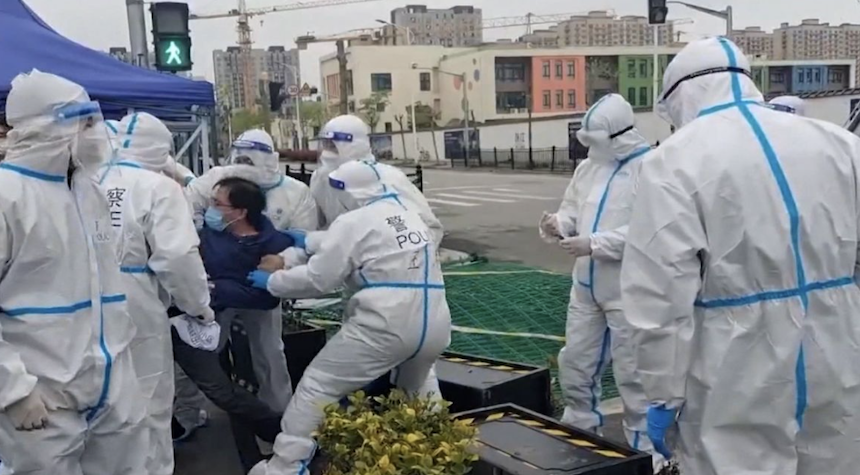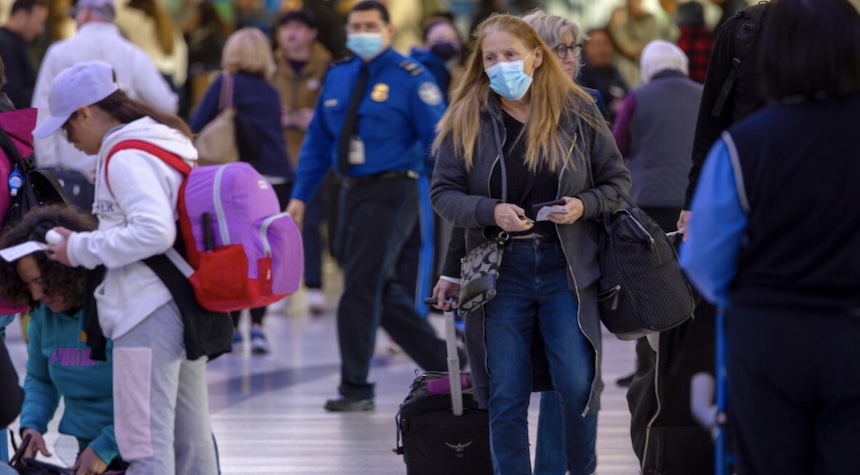Multiple cases of a new COVID-19 variant, one that has been driving disease numbers higher in Asia, have been detected in international travelers arriving in California, Virginia, Washington state, and the New York City area. This information has been revealed via the Centers for Disease Control and Prevention’s airport screening program.
This new variant, known scientifically as NB.1.8.1, has been linked to a significant surge of the disease in China, according to reliable sources and records uploaded by Ginkgo Bioworks, the CDC’s airport testing partner. The cases are reported among travelers from several countries, including China, Taiwan, Japan, France, South Korea, Thailand, the Netherlands, Spain, and Vietnam, between April 22 and May 12.
Further cases of this variant have been reported by health authorities in the states of Ohio, Rhode Island, and Hawaii, separate from the airport cases. The earliest instances of this new variant date back to late March and early April, found in California and Washington state.

Top Food and Drug Administration officials this week announced new requirements for yearly COVID vaccines, notably stating they will not be routinely approved for children or healthy adults 64 and younger. This development follows earlier reports that the latest variant is causing a spike in COVID cases in Asia and China.
Reports indicate a significant increase in emergency room visits and hospitalizations in Hong Kong, where authorities claim that COVID rates are at the worst levels seen in at least a year. Taiwan health authorities are also reporting a rise in deaths and emergency room visits, and are ramping up their stock of vaccines and antiviral treatments. In China, researchers suggest that the NB.1.8.1 variant has a higher ability to bind to human cells, potentially making it more transmissible.
When we consider the early data presented to the FDA by Pfizer and Moderna, suggesting a shift in this year’s vaccine to a JN.1 descendant that has been dominant in recent months. This could potentially protect against the new strain. The committee backed recommendations that the coming virus should target a JN.1 variant, with some favoring the usage of last season’s shot while others want to target the descendant Pfizer and Moderna prototyped.
This raises important questions about the future trajectory of the virus. As Jerry Weir, director of the FDA’s division of viral products, said, “Although one can’t predict evolution, and you don’t know how this is going to keep diversifying, the overwhelming odds are that what does come and predominate in the next few months, the next six months, next year will come from something that’s circulating now. It won’t come from something that doesn’t exist any longer.”

